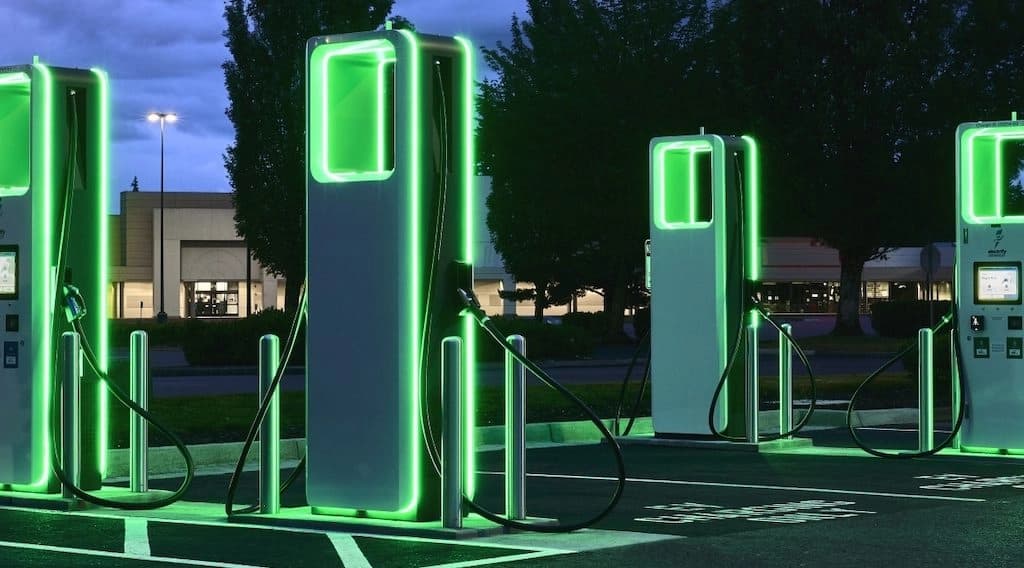What Is Level 1, 2, 3 Charging?
Level 1, Level 2 and Level 3 associated with charging speeds — not to be confused with the levels of autonomy, which are flawed and of questionable value.
26 July 2023, 08:33

Level 1
Level 1 represents 120-volt charging using the ubiquitous household outlet. It’s known as trickle charging because it typically provides 3-5 miles of range for every hour it’s connected to an EV or plug-in hybrid electric vehicle (PHEV). Modern PHEVs are EPA-rated with 15-60 miles of electric range, while EVs are between 150-400 miles, so that could mean 30 hours to replenish 150 miles of range at Level 1’s fastest. The amount depends mostly on the vehicle’s efficiency, because a less efficient vehicle gets less range from the same amount of electricity as a more efficient one.
Level 2
Level 2 is the opposite of Level 1: the most useful type of charging and the least meaningful designation. It’s the most useful because it’s the fastest means of charging an EV at home, and doing just that is the only satisfying way to own an EV. Yes, DC fast charging is faster, but that happens only in public and has downsides addressed below.
The only thing Level 2 means is 240 volts, which your house already receives for appliances like a clothes dryer, electric oven or central air conditioner whether you use these items or not. Unfortunately, voltage is just one factor behind the power that charges a battery; current is the second factor, and the amount of current supported by Level 2 extends from 12 to 80 amps. So charging at this “one” level called Level 2 for one hour could mean you’ve added 5.5 miles of range or 60 miles of range. It all depends on the vehicle and the charging unit, which have their own current ratings as we explain in 5 Things That Could Slow Your EV’s Home Charging Speeds.
The Level 2 charger can have a rating of 12, 16, 20, 24, 32, 40, 48 or 64 amps — and some can be set to throttle down to lower current levels to accommodate being fed by less robust circuits.
Level 3
There’s no such thing as Level 3 charging. We know, sometimes the truth hurts.
Somewhere along the line, an assumption was made that if Level 2 came after Level 1, then certainly the faster thing must be Level 3, and people started calling DC fast charging “Level 3.” We at Cars.com might have fallen prey to it ourselves. But there’s nothing in the SAE J1772 standard governing such things that calls DC charging “Level 3.” Quite the contrary; like AC charging, DC charging technically has two levels. The SAE proposed a Level 3 both in 1996 and 2001, but one was for DC charging and the other for AC. Neither materialized. So even if a Level 3 were to appear in the future representing DC fast charging, it probably would be for a new, higher rate than what we’ve erroneously called Level 3 in the past.